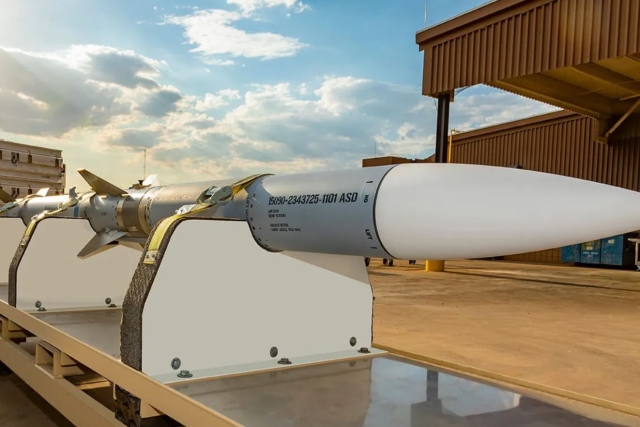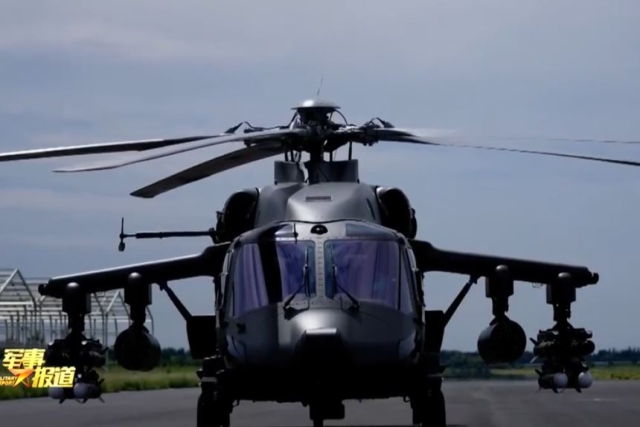Russia's UAC Testing New Heavy VTOL Drone
Sukhoi's program aims to create an off-airfield unmanned transport system for civilian applications

The United Aircraft Corporation (UAC) in Russia has conducted tests on a prototype heavy vertical take-off and landing (VTOL) unmanned aerial vehicle (UAV).
The Sukhoi Design Bureau spearheads this initiative, aiming to create an off-airfield unmanned transport system for civilian applications.
Unlike traditional drones, this civilian UAV is designed to operate without the need for specially prepared sites or airfield infrastructure for takeoff and landing. The primary objective is to address transport and logistics challenges in areas with underdeveloped transport networks or the absence of airfields.
The UAV employs a hybrid propulsion system, blending features of airplanes and helicopters. It incorporates an electric lift propulsion system for vertical phases and a piston propulsion engine for en-route flight. The vertical takeoff and landing are facilitated by lifting engines strategically positioned on the wing beams. Once airborne, a gasoline engine takes over, eliminating the need for costly airfield infrastructure.

"The unmanned aerial vehicle combines the advantages of an airplane and the capabilities of a helicopter. The hybrid propulsion system includes an electric lift propulsion system and a piston propulsion engine. Vertical takeoff and landing are carried out by lifting engines located on the wing beams. After takeoff, the gasoline engine comes into operation. The wing increases fuel efficiency, and thanks to the possibility of vertical take-off, the construction of expensive airfield infrastructure and runways is not required," explained Evgeny Rubtsov, the head of the BTS-VAB project at the Sukhoi Design Bureau.
Rubtsov emphasized that the entire process, from takeoff to landing, operates automatically without direct operator involvement. However, an emergency override feature allows operators to intervene and alter the route if necessary.
The UAC highlights that this unmanned transport system is designed for flights within a 500-kilometer radius from its permanent base. The drone is expected to have a cargo capacity of up to 300 kg, catering to various applications, such as delivering supplies to remote areas or supporting infrastructure development.
Meanwhile, Russia’s Siberian Aviation Research Institute concluded the first manned flight test of the TVS-2MS Partizan heavy transport drone. In its unmanned version, it is anticipated to contribute to rescue operations, cargo delivery in challenging terrains, and aerial chemical work. The manned iteration is positioned as an alternative to helicopters for passenger airlines, particularly in remote regions of Russia.











